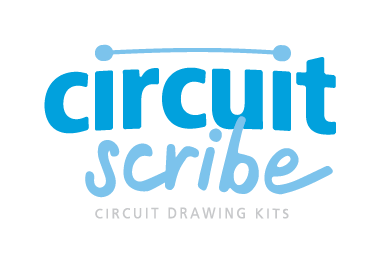FAQ
0.5 to 10 Ohms per cm, but depends on the type of surface you are writing on. We see about 3 ohms per cm on standard copy paper, and 0.5 ohms per cm on photopaper. The best paper type is Epson Ultra Premium Luster Photo paper which allows Circuit Scribe to dry very quickly, has the highest conductivity AND allows traces to be eraseable.
We're a LOT more conductive! You couldn't get enough power through graphite traces to power a Bi-LED or a motor. We've measured the resistance of pencil traces at 5 - 8 megaohms with a single pass, and 30-60 kiloohms with lots of pressing down and scribbling.
Our conductive ink pen is very special as it contains around 20% pure silver and thus behaves very differently than a typical rollerball pen. The heavy silver particles tend to settle to the bottom of the pen after sitting for more than 24 hours, but will easily redisperse when shaken lightly, used for a few minutes, or simply carried in your pocket. It is very common for there to look as though the ink level is only 1/5 full when settled, but the pens are shipped with 1.0 ml of ink. The indicator for the ink level is a white ball that starts just before the first "e" in electroninks. The clear matrix fluid is nearly index matched to the plastic so it may look like there is simply air in the pen instead of fluid. If you have any doubt about the ink level, settling or state of the pen please send us a photo to info@electroninks.com and we will happily diagnose the problem.
An unopened pen has a shelf life of about a year, we’re optimizing the ink to try to make it last longer. Once it’s opened the pen will write smooth for at least 6 months, after that it may dry out a bit, but you can wet the tip of the pen to get the ink flowing again.
We drew traces three years ago that still work today.
You can draw 60 to 80 meters (196 to 260 feet) of traces with a single pen.
Nope, not right now! The cost of manufacturing a pen is mostly the conductive ink, so the plastic bodies are essentially disposable. We're planning on releasing our ink in different forms for consumers - markers, bottles - in the far future.
This ink is optimized for use in rollerball pens. We do make inkjet printable inks and may have an ink to suit your needs. Check out our industrial ink section for more info.
Circuit Scribe will write on anything that your everyday rollerball pen will. Regular printer paper, construction paper, cardstock, and photo paper all work - but have fun experiment with different mediums! For functional use, photo paper performs the best because the ink is able to form a continuous film on the smooth surface.
The ink can support a maximum current of about 175 mA on standard copy paper. Higher currents cause joule heating and a subsequent drop in resistance due to sintering the particles (up to around 8x decrease in resistance if controlled). Currents exceeding 400 mA may break the trace on standard copy paper. High currents can be achieved with photo paper, near 800 mA.
The maximum voltage depends on the distance of your ground and high voltage (HV) trace. You should also consider the distance the magnetic backing is to the paper (i.e. keep it well-insulated with multiple sheets of paper). We do not recommend using high voltages (above 36V) due to safety.

